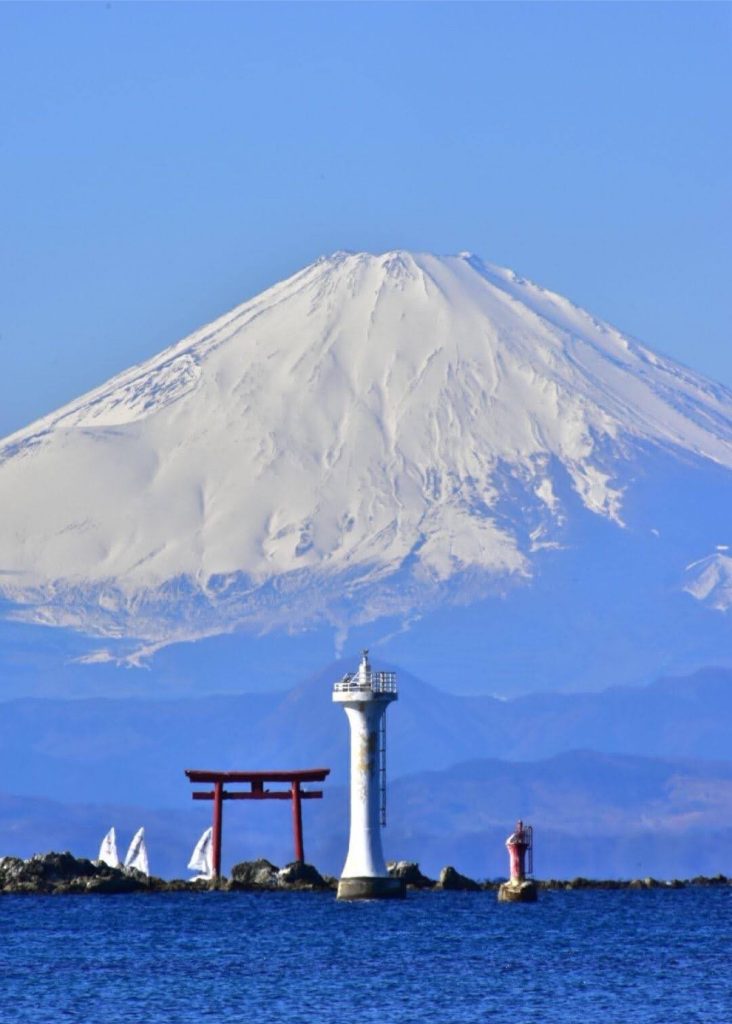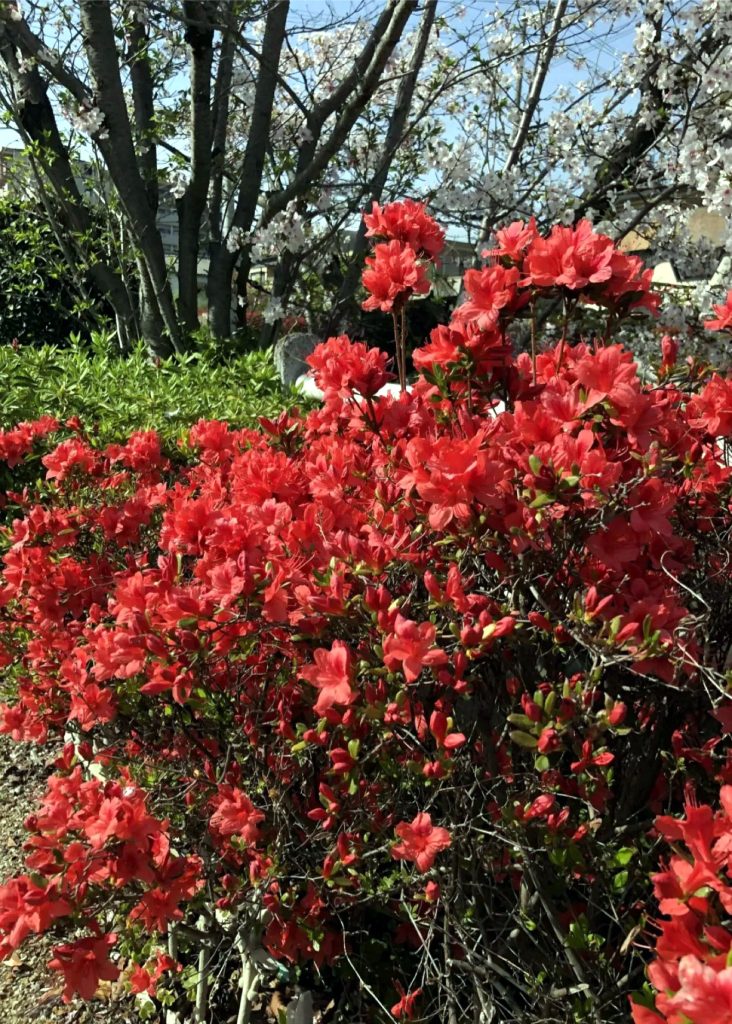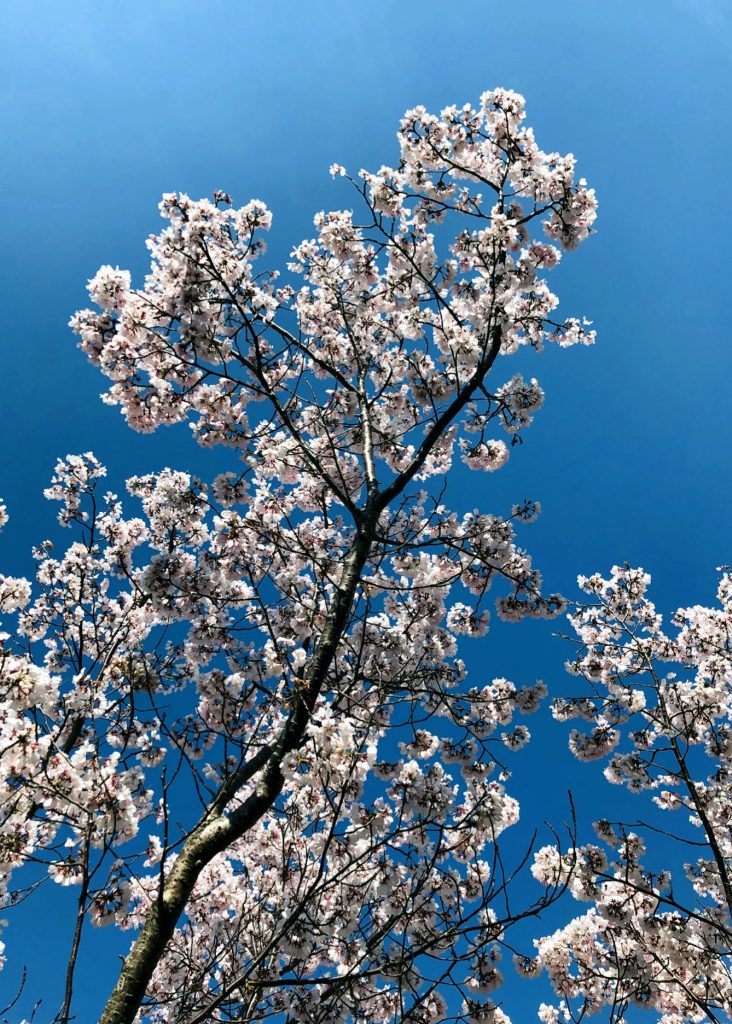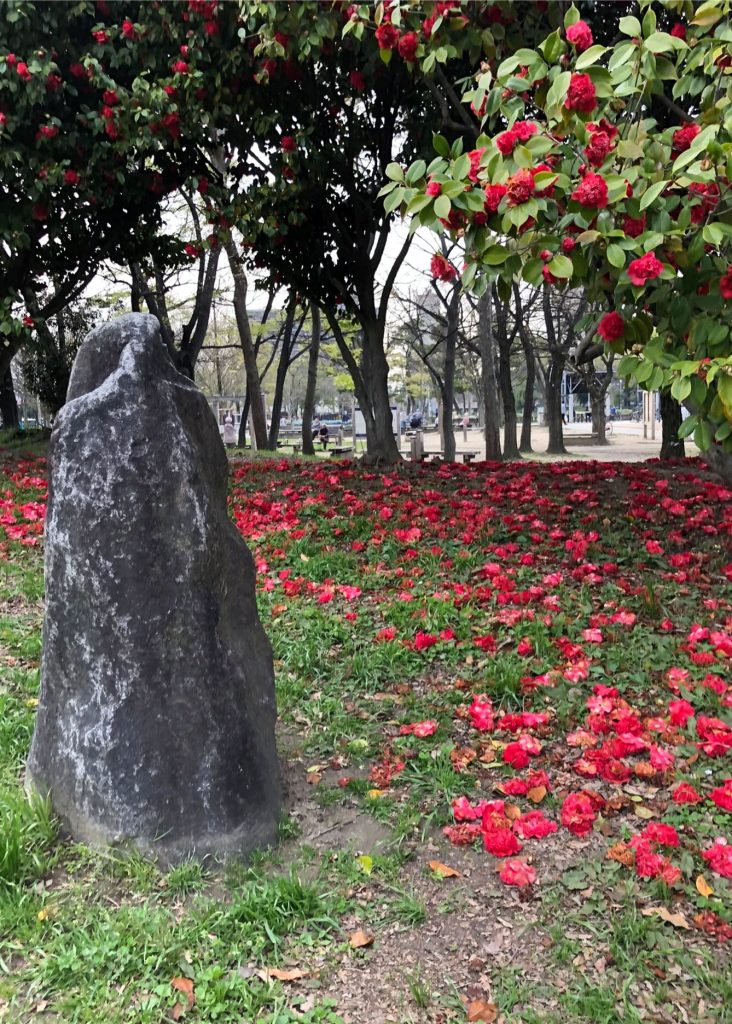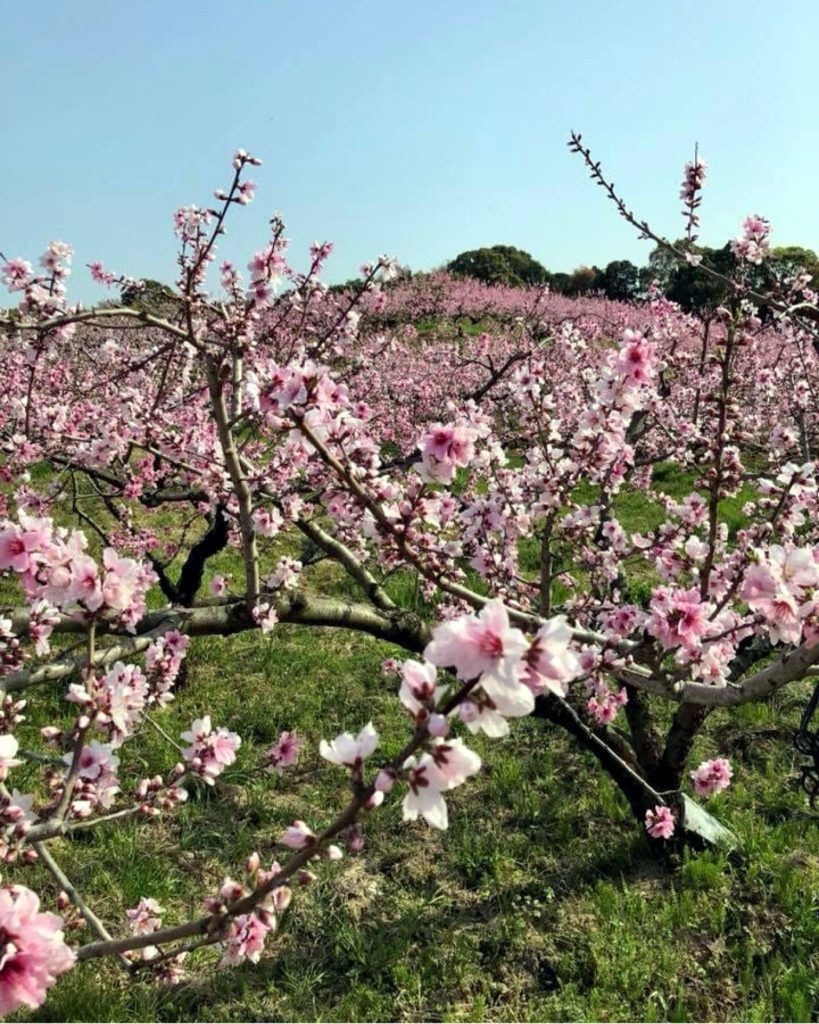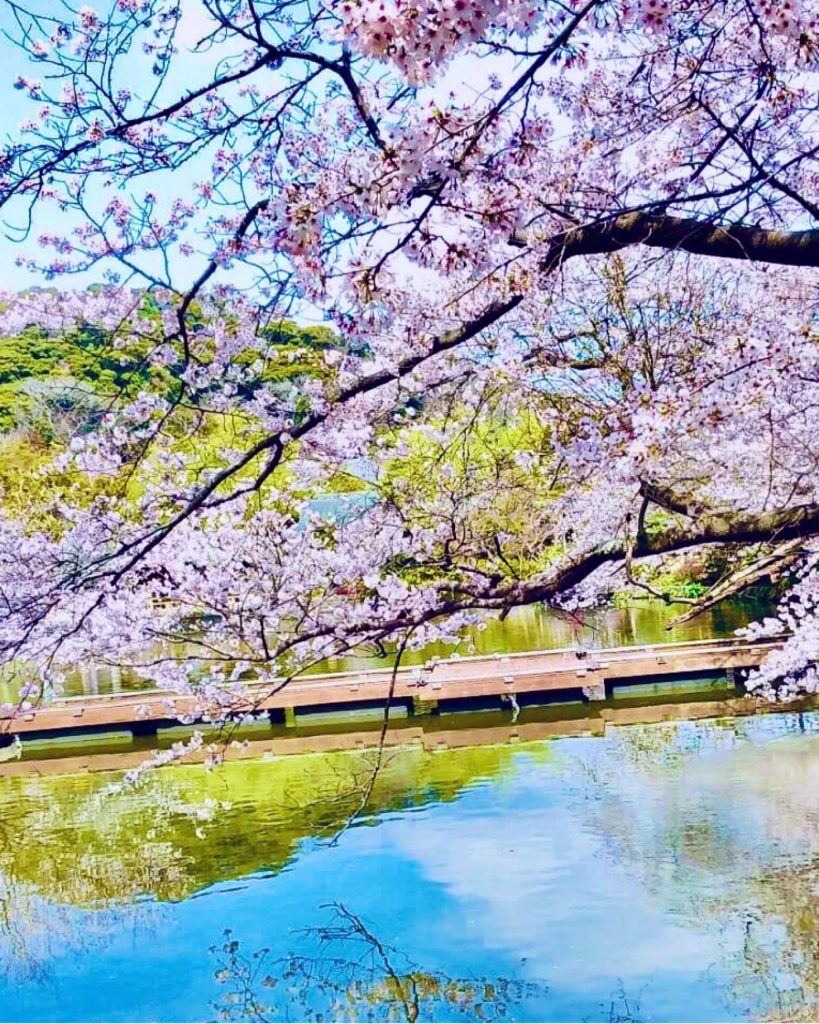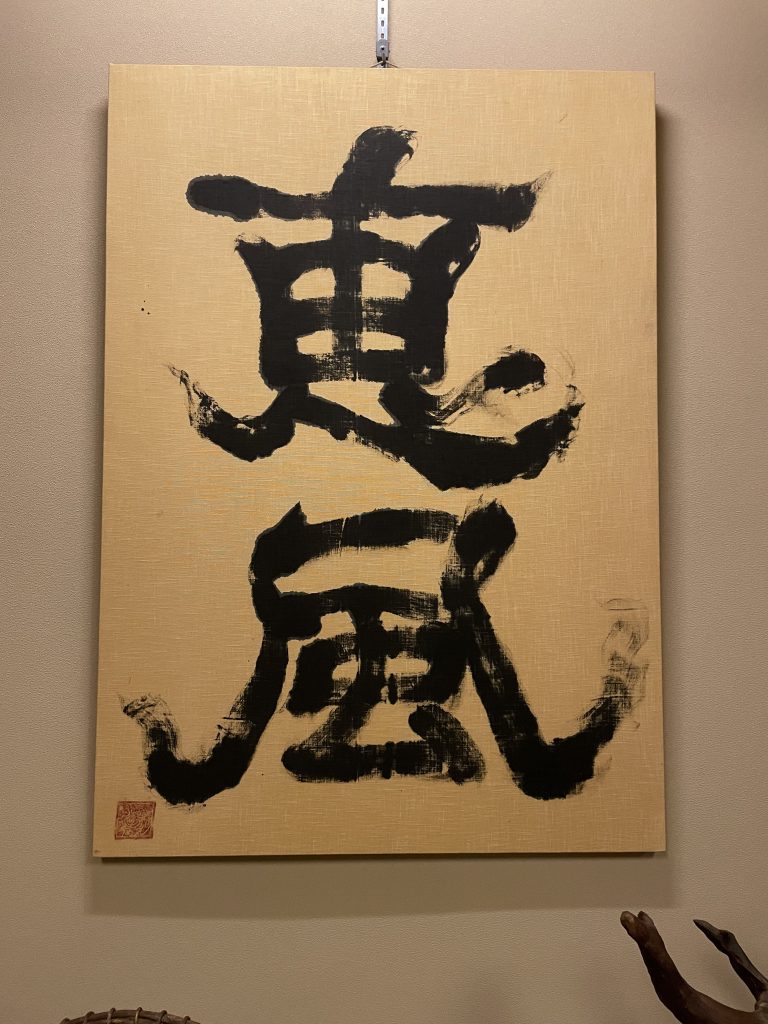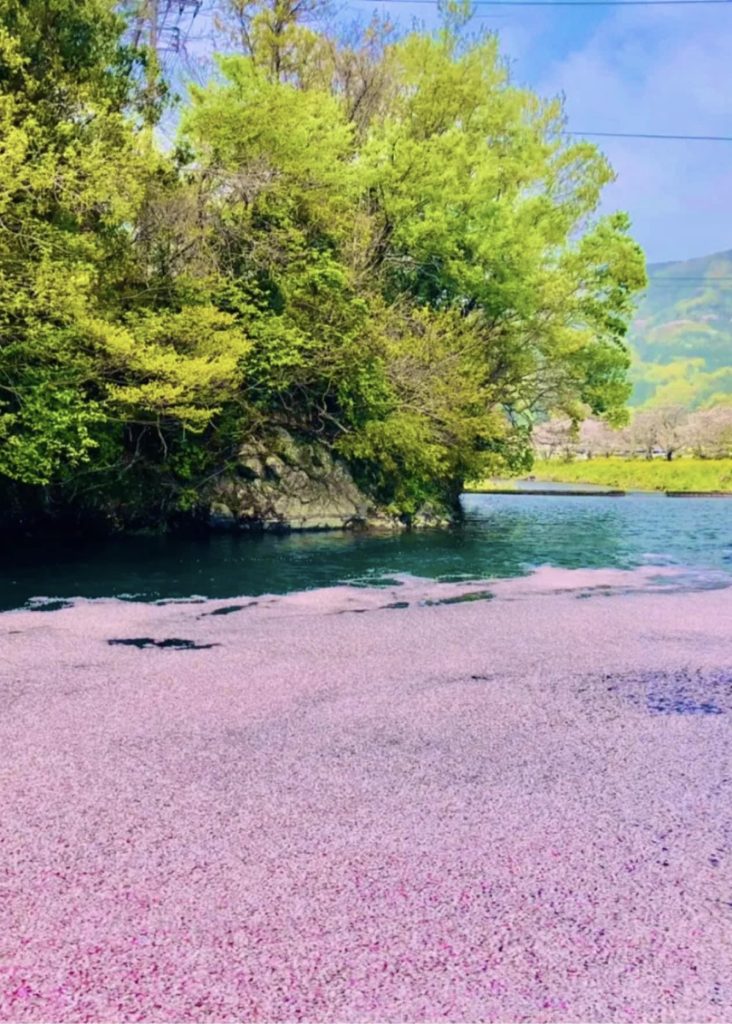
It’s the season to see the flower rafts. The eagerly awaited cherry blossoms bloomed even more beautifully this year, and Japan was intoxicated with cherry blossoms for the first time in three years. Many young people will set sail from this April. I give this flower raft to these young people who have overcome difficult environments that we have never experienced before. Fortunately, in Japan, we are being released from the COVID-19 pandemic and are able to welcome a peaceful spring. However, when we witness the war in Ukraine and the earthquake disaster in Turkey, our hearts still ache. We are also in an international situation that cannot be ignored, and we must not forget that we are in a situation where we must prepare for natural disasters. It is also our setting sail with hope and courage.
花筏を見る季節になりました。待ち焦がれた桜も今年は一段と美しく咲き乱れ、3年ぶりに日本全国が桜に酔い痴れました。この4月からは多くの若者が新しい船出をします。私達が経験したことのない困難な環境を切り抜けてきた、そうした若者達にこの花筏を贈ります。幸い、私達日本ではコロナ禍からも解放されつつあり、平和な春を迎えることができましたが、ウクライナの戦禍、トルコの地震災害を目の当たりにする時、やはり胸が痛みます。私達も、決して他人事では済まない国際状況下にあり、自然災害に備えなければならない状況下にある事を忘れてはなりません。希望と勇気を持っての私達の船出でもあります。

